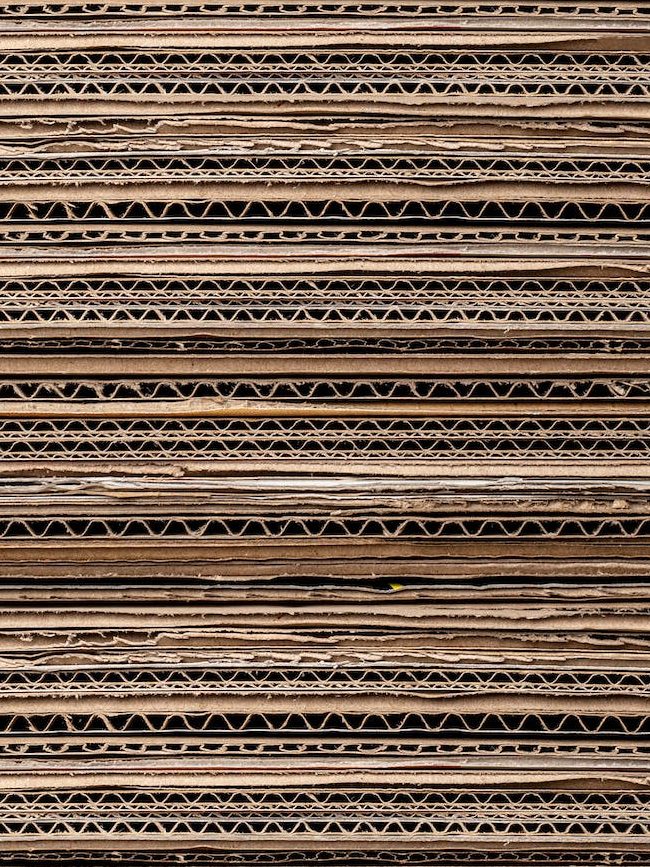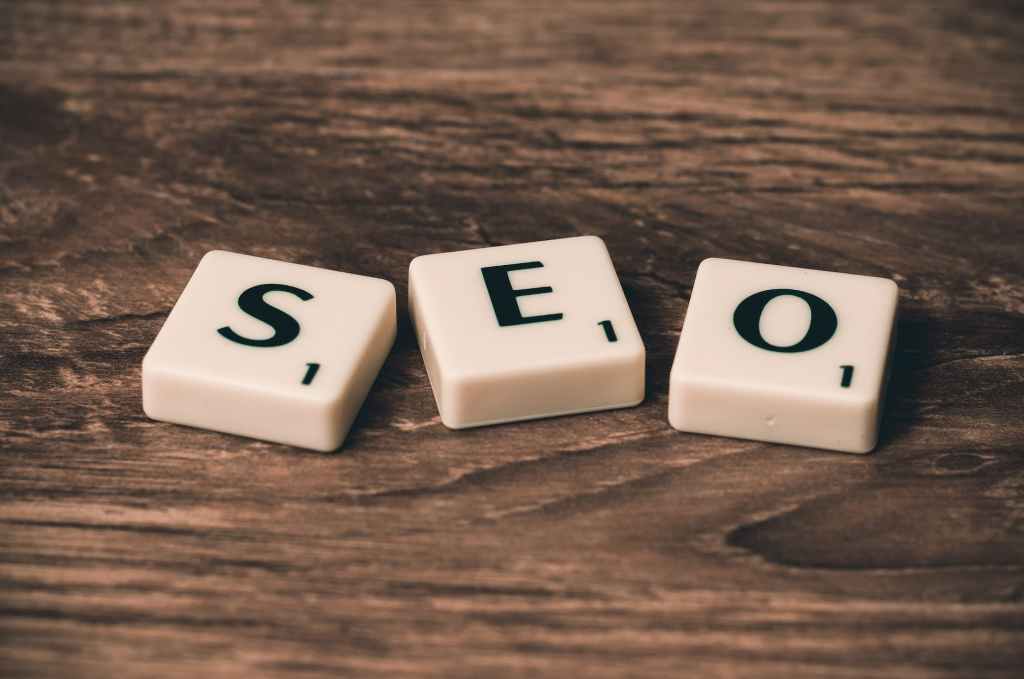
A circular economy is a model of production and consumption that aims to minimize waste and pollution by keeping materials and products in use for as long as possible. This model involves sharing, leasing, reusing, repairing, refurbishing, and recycling existing materials and products 1. The three principles required for the transformation to a circular economy are: designing out waste and pollution, keeping products and materials in use, and regenerating natural systems 1.
In contrast to the traditional linear economy, which follows a “take-make-dispose” approach, the circular economy is designed to be regenerative and restorative by design 1. It is a way of thinking that emphasizes the importance of reducing waste and pollution while creating new economic opportunities 2.
What are Examples of Circular Economy?
There are several examples of circular economy practices that are being implemented around the world. Here are a few:

- Product-as-a-Service (PaaS): This is a business model where customers pay for the use of a product, rather than owning it outright. The company retains ownership of the product and is responsible for maintaining and repairing it. This model encourages companies to design products that are durable and easy to repair, as well as reducing waste by keeping products in use for longer .
- Upcycling: This is the process of transforming waste materials or unwanted products into new materials or products of better quality or environmental value . For example, used plastic bottles can be transformed into polyester clothing, or old shipping containers can be repurposed into affordable housing units.
- Industrial Symbiosis: This is a network of companies that exchange waste, energy, or by-products with one another to create new value. For example, a brewery might provide its spent grain to a local farmer for use as animal feed, while the farmer might provide manure to the brewery for use as fertilizer.
- Circular Supply Chains: This involves designing supply chains that prioritize the reuse and recycling of materials . For example, a company might design its packaging to be easily disassembled and recycled, or it might use recycled materials in its production processes.
Is it sustainable development ?

Yes, the circular economy is considered a key component of sustainable development. It is a way of promoting economic growth while minimizing waste and pollution, and it has the potential to create new jobs and business opportunities . By keeping materials and products in use for as long as possible, the circular economy can help reduce greenhouse gas emissions, conserve natural resources, and protect the environment .
What are some other components of sustainable development?
Sustainable development is a broad concept that encompasses a wide range of factors. Some of the other components of sustainable development include:
- Environmental sustainability: This involves protecting natural resources and ecosystems, reducing pollution and waste, and promoting sustainable land use practices.
- Social sustainability: This involves promoting social equity, justice, and inclusion, and ensuring that all members of society have access to basic needs such as food, water, and healthcare.
- Economic sustainability: This involves promoting economic growth and development while ensuring that resources are used efficiently and equitably.
- Cultural sustainability: This involves preserving cultural heritage and promoting cultural diversity.
- Political sustainability: This involves promoting democratic governance, human rights, and the rule of law.
These components are interconnected and interdependent, and they must be addressed together in order to achieve sustainable development goals .
Key Components of Circular Economy

As mentioned in definition of Circular Economy, the three principles required for the transformation to a circular economy are: designing out waste and pollution, keeping products and materials in use, and regenerating natural systems
Designing Out Waste
“Designing out waste” is one of the three principles required for the transformation to a circular economy . It involves designing products and processes that minimize waste and pollution by eliminating waste at the source. This can be achieved by using renewable resources, reducing the use of hazardous materials, and designing products that are easy to repair, reuse, or recycle . By designing out waste, companies can reduce their environmental impact and create more sustainable products and services.
What are Some Examples of Designing Out Waste in practice?
There are several examples of designing out waste in practice. Here are a few:
- Product-as-a-Service (PaaS): This is a business model where customers pay for the use of a product, rather than owning it outright. The company retains ownership of the product and is responsible for maintaining and repairing it. This model encourages companies to design products that are durable and easy to repair, as well as reducing waste by keeping products in use for longer 1.
- Upcycling: This is the process of transforming waste materials or unwanted products into new materials or products of better quality or environmental value 2. For example, used plastic bottles can be transformed into polyester clothing, or old shipping containers can be repurposed into affordable housing units.
- Industrial Symbiosis: This is a network of companies that exchange waste, energy, or by-products with one another to create new value 3. For example, a brewery might provide its spent grain to a local farmer for use as animal feed, while the farmer might provide manure to the brewery for use as fertilizer.
- Circular Supply Chains: This involves designing supply chains that prioritize the reuse and recycling of materials 1. For example, a company might design its packaging to be easily disassembled and recycled, or it might use recycled materials in its production processes.
How to Keep Products and Materials in use?
The concept of circular economy is based on the idea of keeping products and materials in use for as long as possible, either as a product or, when that is no longer possible, as components or raw materials 1. This way, nothing becomes waste and the intrinsic value of products and materials are retained 1.
There are two fundamental cycles to consider when it comes to keeping products and materials in circulation: the technical cycle and the biological cycle 1. In the technical cycle, products are reused, repaired, remanufactured, and recycled 1. In the biological cycle, biodegradable materials are returned to the earth through processes like composting and anaerobic digestion 1.
The most effective way of retaining the value of products is to maintain and reuse them 1. For instance, a phone is far more valuable as a phone than as a pile of components and materials 1. Therefore, business models based on sharing can be implemented so that users get access to a product rather than owning it, which allows more people to use it over time 1. Reuse through resale is another option. Cycles of maintenance, repair, and refurbishment can also be employed. Eventually, when the product can no longer be used, its components can be remanufactured. Parts that cannot be remanufactured can be broken down into their constituent materials and recycled 1.
Biodegradable materials that cannot be reused can be circulated back into the economy in the biological cycle. By composting or anaerobically digesting organic materials, valuable nutrients such as nitrogen, phosphorus, potassium, and micronutrients can be used to help regenerate the land so we can grow more food or renewable materials like cotton and wood 1.
Regenerating Natural Systems
Regenerating natural systems is a key principle of the circular economy 1. The circular economy is an economic system that aims to keep products and materials in use for as long as possible, either as a product or, when that is no longer possible, as components or raw materials 2. By moving from a take-make-waste linear economy to a circular economy, we support natural processes and leave more room for nature to thrive 21.
Regenerating natural systems involves designing out waste and pollution, extending the lifespan of products and materials through re-purposing and reuse, and regenerating natural systems 13. By shifting our economy from linear to circular, we shift the focus from extraction to regeneration. Instead of continuously degrading nature, we build natural capital. We employ farming practices that allow nature to rebuild soils and increase biodiversity, and return biological materials to the earth. Currently, most of these materials are lost after use and the land used to grow them is depleted of nutrients. If we move to a regenerative model, we begin to emulate natural systems. There is no waste in nature. When a leaf falls from a tree it feeds the forest. For billions of years, natural systems have regenerated themselves. Waste is a human invention 2.
The food industry is an obvious place to start when shifting to an economy that regenerates nature. The way we produce food today is a significant driver of both climate change and biodiversity loss. It relies upon ever-increasing quantities of synthetic fertilizers, pesticides, fossil fuels, fresh water, and other finite resources. These are a source of pollution and damage to ecosystems and human health. By producing our food regeneratively, the focus is on improving soil health. Regenerative farming practices can significantly reduce greenhouse gas emissions from food production by reducing reliance on synthetic inputs and by building healthy soils that absorb rather than release carbon. As well as helping restore the natural carbon cycle, healthy soils are better able to hold water, reducing the impact of droughts, and are better able to absorb water, reducing the risk of flooding 21.
By keeping products and materials in use through sharing models or cycles of maintenance, repair, refurbishment, remanufacturing, recycling or composting biodegradable materials that cannot be reused or repurposed can be circulated back into the economy in the biological cycle 21. This way nothing becomes waste and the intrinsic value of products and materials are retained 2.
More Resources
- Circular economy – Wikipedia
- What is the circular economy – and why is the world less circular? | World Economic Forum
- What is a circular economy? | Ellen MacArthur Foundation
- 7 fashion brands that are designing out waste
- https://docslib.org/doc/473112/designing-out-waste-a-design-team-guide-for-buildings [PDF]
- Circular Economy | WSP
- Circular economy principles: Regenerate nature
- Circularity | UNECE





Leave a comment